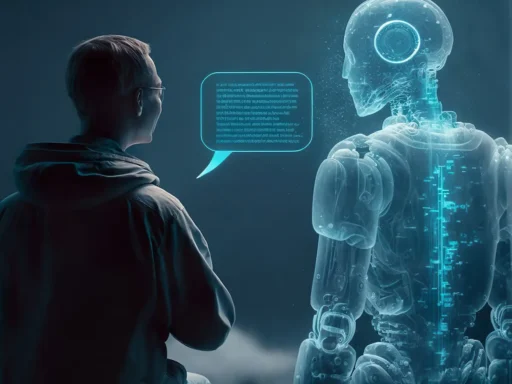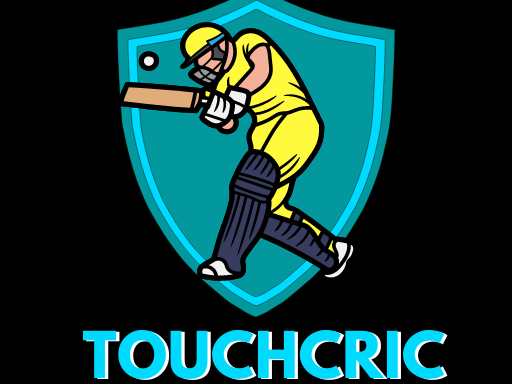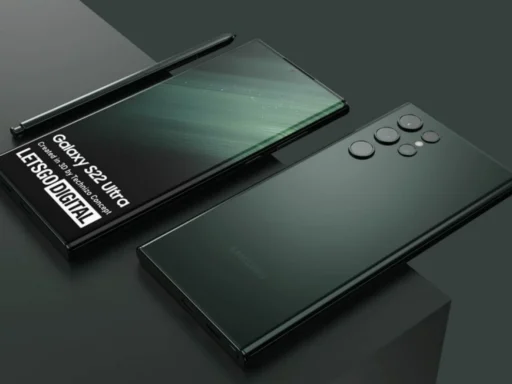Have you ever sat through a presentation that felt like it was going nowhere? It can be frustrating when the message isn’t clear or the flow feels off. That’s where the magic of a well-crafted presentation outline comes into play.
A carefully thought-out outline ensures your audience stays engaged and absorbs your key points effectively.
Did you know that using visual aids in presentations can significantly increase audience retention? This fact alone shows how important it is to structure your content in an engaging way.
Our article will guide you through five essential tips for creating a presentation outline that will keep your audience hooked from start to finish. Get ready for some major insights!
The Importance of Presentation Outlines
Getting your plans straight for a talk? An outline can be your best friend. It turns messy ideas into a clear path, keeping you and your audience on track from start to finish.
Clarity and focus
Having clarity and focus in your presentation outline is like having a map before you start a journey. It shows you where to go, keeping you on track. This makes sure every part of your talk helps tell the story you want to share.
Without clarity, your audience might get lost or miss the point of your message.
Clarity means making sure each idea flows into the next. Focus involves sticking to what’s important. Together, they make your message strong and keep people listening. They help organize thoughts so everyone gets what they need from your presentation.
Logical structure
A well-thought-out structure guides your audience through your ideas in a way that makes sense.
It’s about making sure each part connects to the next, creating a flow that’s easy for listeners to follow. This isn’t just about throwing in facts or figures; it’s organizing them so they build on each other and paint a bigger picture.
By setting up sections clearly and ensuring slides support each point, you make it easier for people to grasp what you’re saying. Plus, this kind of organization keeps you calm and focused during the actual presentation.
You know what comes next and why it matters, which cuts down on awkward pauses or sidetracks. Think of it as plotting out a journey where every signpost leads smoothly to the destination – that’s the power of having a logical arrangement in your presentation outline.
Enhanced audience engagement
After setting up a strong presentation structure, it’s time to focus on making your audience stick to every word. Engaging content turns a good presentation into an unforgettable one.
Think about using stories that touch the heart or jokes that make everyone laugh. This pulls people in and keeps them listening.
Adding visuals helps too. Pictures and videos can say a lot more than words sometimes. They make your points clear and interesting. Knowing what your audience likes is key here. Mix in some quotes from famous people or surprising facts, and you’ve got their full attention.
This way, you’re not just talking to them; you’re talking with them, creating a two-way street of communication that makes everything more lively and fun.
Tips for Creating the Best Presentation Outline
Crafting the perfect presentation outline is key to delivering your message. Follow these tips, and you’ll be on your way to engaging your audience like never before.
Define the purpose of your presentation
Figuring out the goal of your presentation is a big first step. Think about what you want to achieve. Is it to inform, persuade, or maybe teach something new? This aim shapes everything from the start to the end of your speech.
Knowing this helps you pick what information to include and how to talk about it.
Also, consider who will be listening. Your audience’s needs decide a lot about how you set up your presentation. Aimed right, your message hits harder and stays with people longer.
Keep both these things in mind – your purpose and who you’re talking to – for a blueprint that guides every part of your outline.
Structure your presentation logically
Once you’ve defined the purpose of your presentation, it’s time to lay out your ideas in a structured way. Think of your presentation like a story – it needs a clear beginning, middle, and end.
Start with an introduction where you share what you will talk about. Then move on to the body where all your main points live; make sure these are in order that makes sense so everyone can follow along easily.
Lastly, wrap up with a strong conclusion that ties everything together.
Make each part of your presentation connect smoothly with the next using logical progression. By doing this, you help keep yourself calm and focused during the actual presentation.
It also means fewer awkward silences as you’ll know exactly what comes next. Cut out any parts that don’t support your main message to keep things flowing well. Using text smartly also matters – too much can overwhelm while too little may not deliver enough information.
Grab audience attention with visuals and attention-grabbers
Using visuals and attention-grabbers can make a presentation grab the crowd. Pictures, charts, and videos add life to your words. They make complex ideas simple and keep folks watching.
Try bright colors like red for excitement or white for clarity to boost your points. Starting with something surprising grabs ears right away. A powerful opening can set the mood for everything that follows.
Mix in captivating images or interesting statistics early on to cling onto that focus. Asking a question gets people thinking and pulls them into your story. Keep them hooked by smoothly moving from one idea to the next with engaging visuals guiding the way.
This strategy ensures your audience stays engaged, making every moment of your presentation count.
Utilize AI for efficiency and accuracy
AI tools like PopAi boost your outline’s structure, making it clear and specific. They help turn complex ideas into something easy for everyone to get.
Using ai for presentation can also save you lots of time while keeping things accurate. Think about getting your points across more compellingly—this is where AI shines. It checks your work to see if it makes sense and keeps people interested.
This way, you’re sure every part of your talk does its job well: catching and keeping attention from start to finish.
End with a strong call to action
Make your final call to action clear and compelling. Tell your audience exactly what you want them to do next in a simple way. This could be asking them to sign up for more information, start using a product, or take part in a survey.
It’s key that this step is easy for them to follow and focuses on just one or two actions. Try ending with a thought-provoking question too. This keeps your message in their minds even after the presentation ends.
Conclusion
Creating the best presentation outline helps keep your audience locked in. Simple steps make it easy and effective. Start by understanding what you want to achieve, then lay out your ideas clearly.
Use visuals, quotes, and data to make a stronger impact. Don’t forget an attention-grabbing start and a compelling call to action at the end. These tips guide you toward presenting like a pro, captivating your listeners every step of the way.







